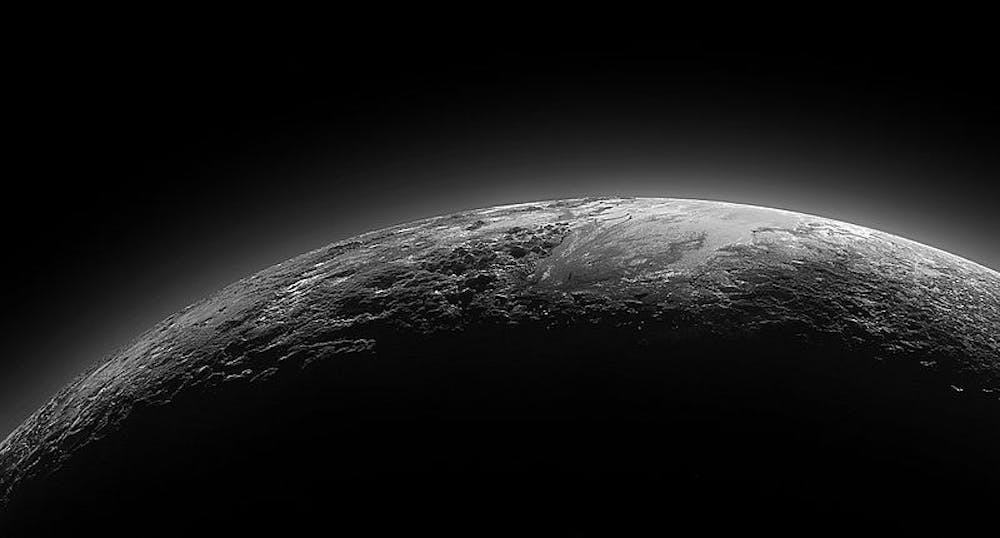With 237 votes in favor of demotion and 157 against it, Pluto was officially voted out of its planet status during the International Astronomical Union (IAU) 2006 General Assembly in Prague.
“Whoa! Pluto’s dead,” Mike Brown, professor of planetary astronomy at the California Institute of Technology in Pasadena, Calif. said, as he watched a webcast of the vote, according to National Geographic.
Now, the IAU only recognizes eight official planets in our solar system, excluding Pluto.
While Pluto is now classified as a dwarf planet, Hopkins Ph.D. student KirbyRunyon refutes this classification.
Runyon is the lead author of a pro-Pluto argument presented at a scientific conference in Texas. The word “planet” came from the Greeks, who perceived planets as wanderers moving across the night sky which was otherwise filled with fixed stars.
Based on this new definition, planets in our solar system would need to have three distinct qualities. First, the celestial body has to be orbiting around the sun. Second, it has to have enough mass and gravity to maintain a round shape.
So far Pluto meets these first two standards but not the third, which states that a planet has “cleared the neighborhood around its orbit,” according to the IAU.
In other words, Pluto must dominate the neighborhood around it, but it does not. Its largest moon, Charon, is approximately half of its size, whereas other planets are significantly larger than their moons.
Some feel that IAU’s definition of planets raises the bar and keeps planetary status exclusive.
“It’s going to be hard to find a new planet,” Brown said in an interview with National Geographic. “You’d have to find something the size of Mars. Finding a new planet will really mean something.”
However, others argue that the definition is still too ambiguous. Planetary scientist Andy Cheng said in National Geographic News that the definition does not answer the question: “How round is round?”
Pluto’s planet status still remains a topic widely debated in the science community.
Runyon and his team of pro-Pluto scientists, including S. Alan Stern and Kelsi Singer of the Southwest Research Institute in Boulder, Colo., are all members of NASA’s New Horizons mission. The New Horizons spacecraft was initially launched on Jan. 19, 2006 and reached Pluto during the summer of 2015. It sent back the first close-up images of Pluto.
They argue that the definition of a planet should focus on the intrinsic rather than the external factors, and this argument disregards the third standard under the current definition. They claim that a planet should be a body smaller than a star without having undergone nuclear fusion. It must also have enough gravitational mass to keep a round shape.
“[Pluto] has everything going on on its surface that you associate with a planet... There’s nothing non-planet about it,” Runyon said.
According to Runyon’s definition, the number of planets in our solar system would increase dramatically from eight to about 110. He believes that this expansion would generate more public interest and engagement in solar system exploration. Although we have become more familiar with our solar system in the past few decades, there is still a lot we’re waiting to be discover and learn.
“I want the public to fall in love with planetary exploration as I have,” Runyon said. “It drives home the point of continued exploration.”
















Please note All comments are eligible for publication in The News-Letter.